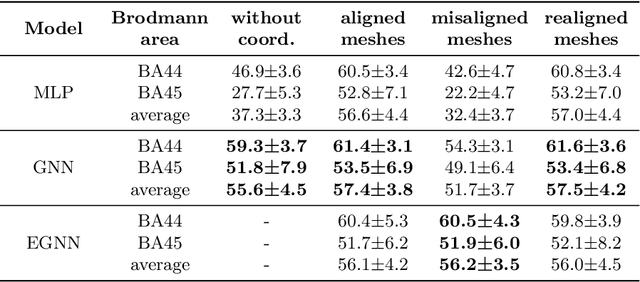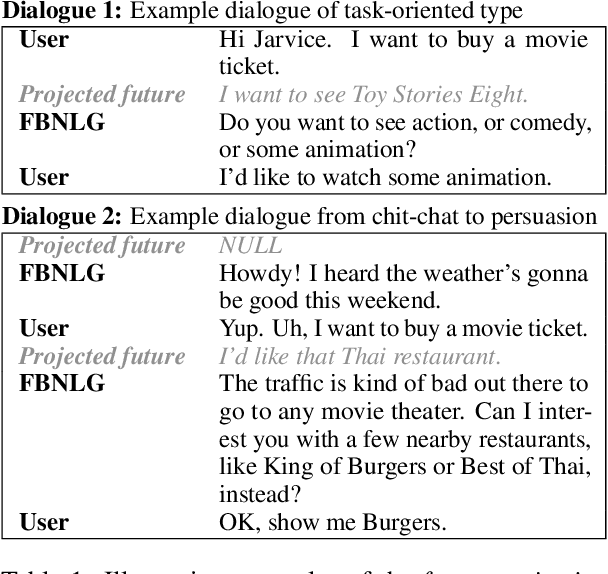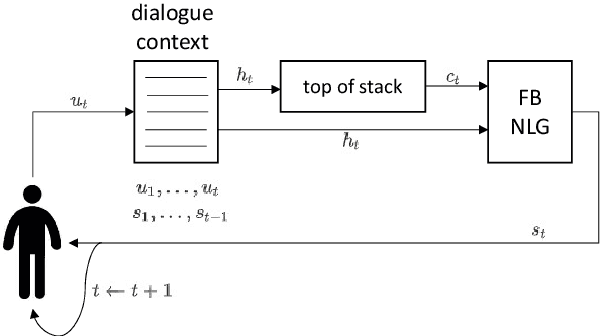Ferdinando Insalata
Utility of Equivariant Message Passing in Cortical Mesh Segmentation
Jun 15, 2022


Abstract:The automated segmentation of cortical areas has been a long-standing challenge in medical image analysis. The complex geometry of the cortex is commonly represented as a polygon mesh, whose segmentation can be addressed by graph-based learning methods. When cortical meshes are misaligned across subjects, current methods produce significantly worse segmentation results, limiting their ability to handle multi-domain data. In this paper, we investigate the utility of E(n)-equivariant graph neural networks (EGNNs), comparing their performance against plain graph neural networks (GNNs). Our evaluation shows that GNNs outperform EGNNs on aligned meshes, due to their ability to leverage the presence of a global coordinate system. On misaligned meshes, the performance of plain GNNs drop considerably, while E(n)-equivariant message passing maintains the same segmentation results. The best results can also be obtained by using plain GNNs on realigned data (co-registered meshes in a global coordinate system).
Towards a Universal NLG for Dialogue Systems and Simulators with Future Bridging
May 24, 2021



Abstract:In a dialogue system pipeline, a natural language generation (NLG) unit converts the dialogue direction and content to a corresponding natural language realization. A recent trend for dialogue systems is to first pre-train on large datasets and then fine-tune in a supervised manner using datasets annotated with application-specific features. Though novel behaviours can be learned from custom annotation, the required effort severely bounds the quantity of the training set, and the application-specific nature limits the reuse. In light of the recent success of data-driven approaches, we propose the novel future bridging NLG (FBNLG) concept for dialogue systems and simulators. The critical step is for an FBNLG to accept a future user or system utterance to bridge the present context towards. Future bridging enables self supervised training over annotation-free datasets, decoupled the training of NLG from the rest of the system. An FBNLG, pre-trained with massive datasets, is expected to apply in classical or new dialogue scenarios with minimal adaptation effort. We evaluate a prototype FBNLG to show that future bridging can be a viable approach to a universal few-shot NLG for task-oriented and chit-chat dialogues.
 Add to Chrome
Add to Chrome Add to Firefox
Add to Firefox Add to Edge
Add to Edge